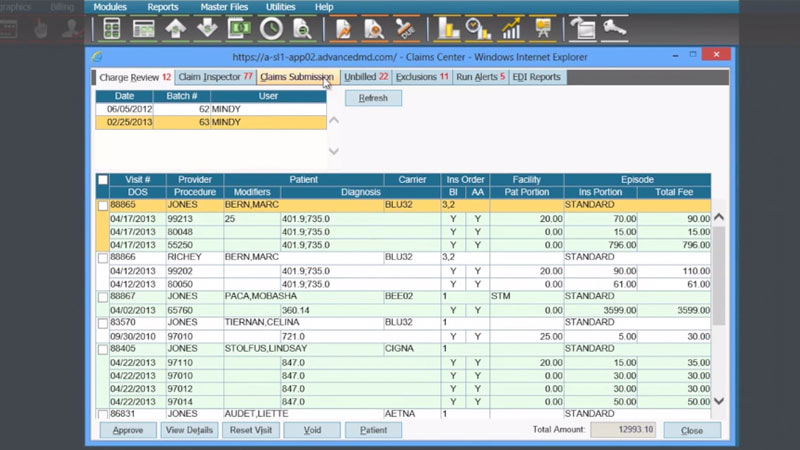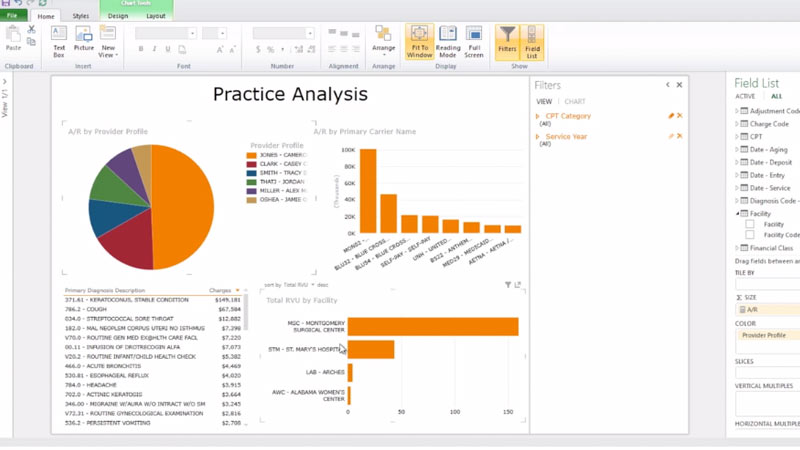
Revenue cycle management (RCM) is a term used to describe the process by which healthcare organizations collect payments for the services they provide. It includes everything from patient scheduling and insurance verification to billing and collections.
There are many different revenue cycle management software solutions on the market today that can help streamline the RCM process and improve reimbursement rates. But with so many options to choose from, how can you know which one is right for your organization?
In this article, we’ll give you an overview of revenue cycle management and discuss some of the key features to look for in an RCM software solution.
What Should You Consider When Choosing An Rcm Software Solution?
There are a few key factors you should consider when choosing an RCM software solution, including:
- Ease of use– The software should be easy to use and navigate so that your staff can quickly learn how to use it.
- Flexibility– The software should be flexible enough to meet the unique needs of your organization.
- Automation– The software should offer features that automate key tasks in the revenue cycle, such as insurance verification and claims management.
- Reporting– The software should provide detailed reports that give you visibility into the performance of your revenue cycle.
- Pricing– The software should be affordable and offer a pricing model that fits your budget.

What Are The Benefits Of Using An Rcm Software Solution?
There are many benefits of using an RCM software solution, including:
- Improved reimbursement rates– An effective RCM software solution can help you increase your reimbursement rates by streamlining the claims process and reducing errors.
- Faster payments– The automated features of an RCM software solution can help you get paid faster by reducing the time it takes to process claims.
- Increased efficiency– RCM software can help you improve your overall efficiency by automating key tasks and providing visibility into the revenue cycle.
- Improved cash flow– By streamlining the RCM process, you can improve your organization’s cash flow and reduce outstanding receivables.
What Are The Different Types Of Rcm Software Solutions?
There are two main types of RCM software solutions: on-premise and cloud-based.
On-premise RCM software is installed on your organization’s servers and managed by your IT staff. Cloud-based RCM software is hosted by the vendor and accessed via the internet.
Which Type Of Rcm Software Is Right For Your Organization?
There is no one-size-fits-all answer to this question. The type of RCM software that’s right for your organization depends on your specific needs and preferences.
If you want more control over your data and prefer to have your software installed on your own servers, then on-premise RCM software may be a good option for you.
If you want a lower upfront cost and don’t mind entrusting your data to a third-party, then cloud-based RCM software may be a better fit.
Revenue cycle management is a critical process for all healthcare organizations. An effective RCM software solution can help you streamline the process and improve your reimbursement rates. When choosing an RCM software solution, be sure to consider ease of use, flexibility, automation, reporting, and pricing.





More Stories
Financial Modeling for Startups: A Roadmap to Success
Understanding Lab Grown Diamonds: CVD Technology Explained
Lab Diamond Tennis Pieces of jewelry: The Apex of Present day Tastefulness